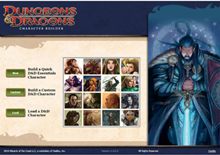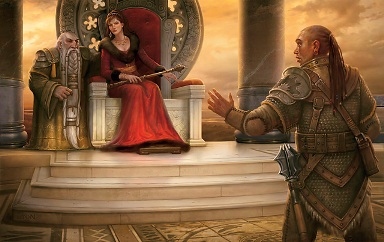
![]() Your characters’ highlight reel throughout a campaign includes scenes of all kinds, from the dramatic and humorous to the glorious and proud, in and out of pitched battle and fiery dialogue. One critical aspect of your characters’ rich and memorable stories are their trained skills. Could your characters’ trained skills use more stage time in your campaign?
Your characters’ highlight reel throughout a campaign includes scenes of all kinds, from the dramatic and humorous to the glorious and proud, in and out of pitched battle and fiery dialogue. One critical aspect of your characters’ rich and memorable stories are their trained skills. Could your characters’ trained skills use more stage time in your campaign?
Your check bonus, while often impressive, is actually secondary – the fact that you’ve trained in these skills means they are a core part of the vision you have for your adventurer.
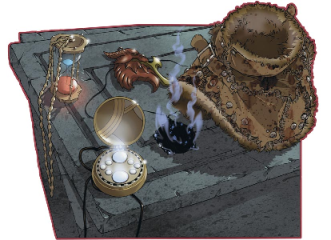
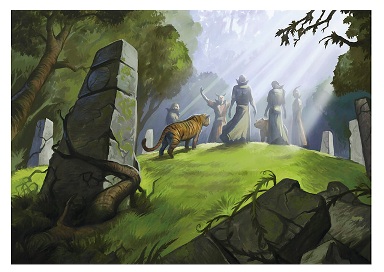
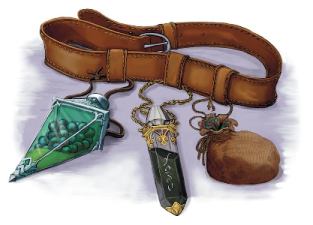
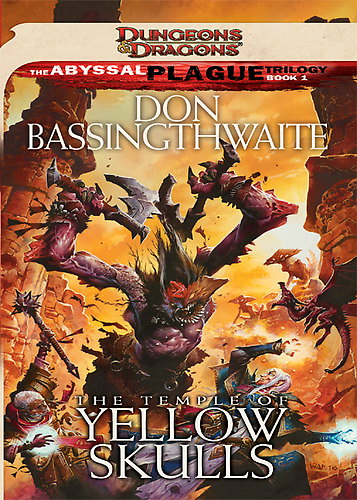
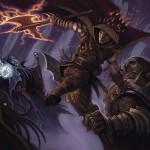 What playstyle do 4e strikers favor – assassin or bruiser?
What playstyle do 4e strikers favor – assassin or bruiser?